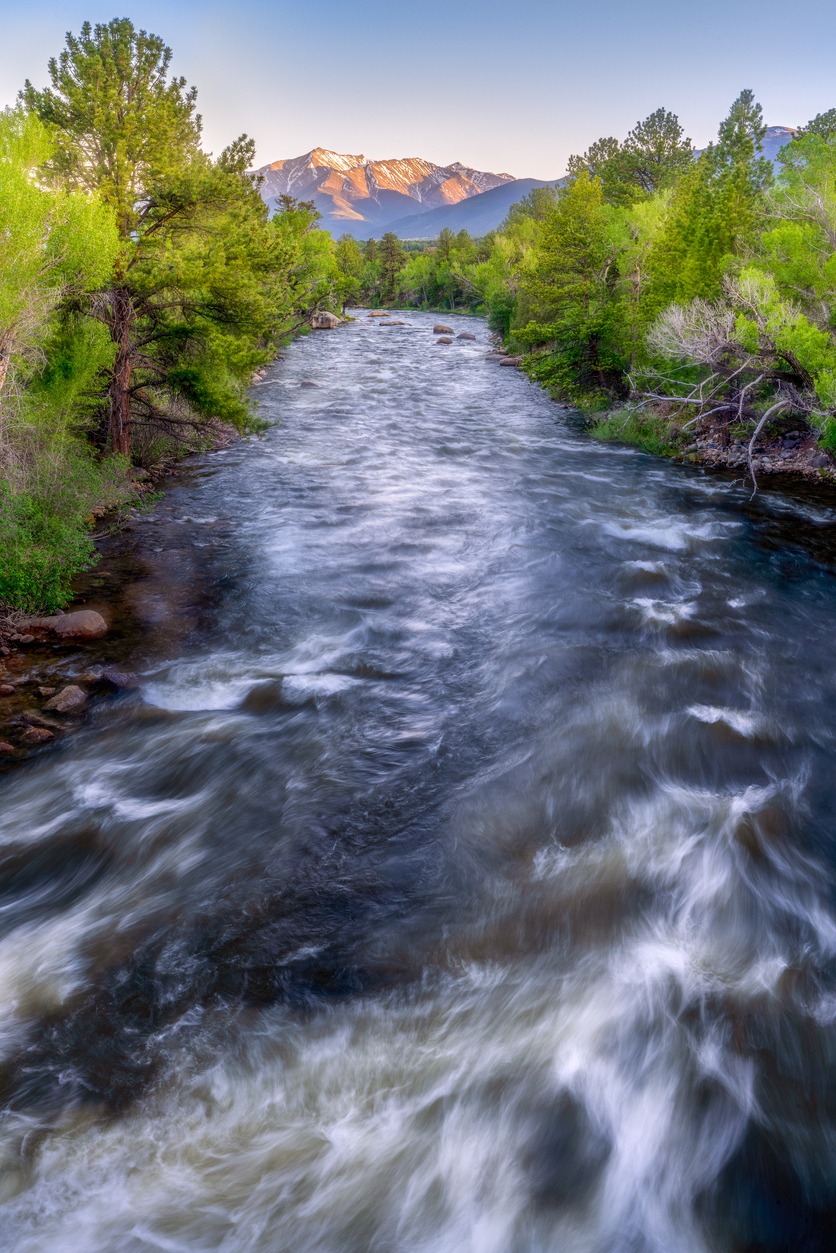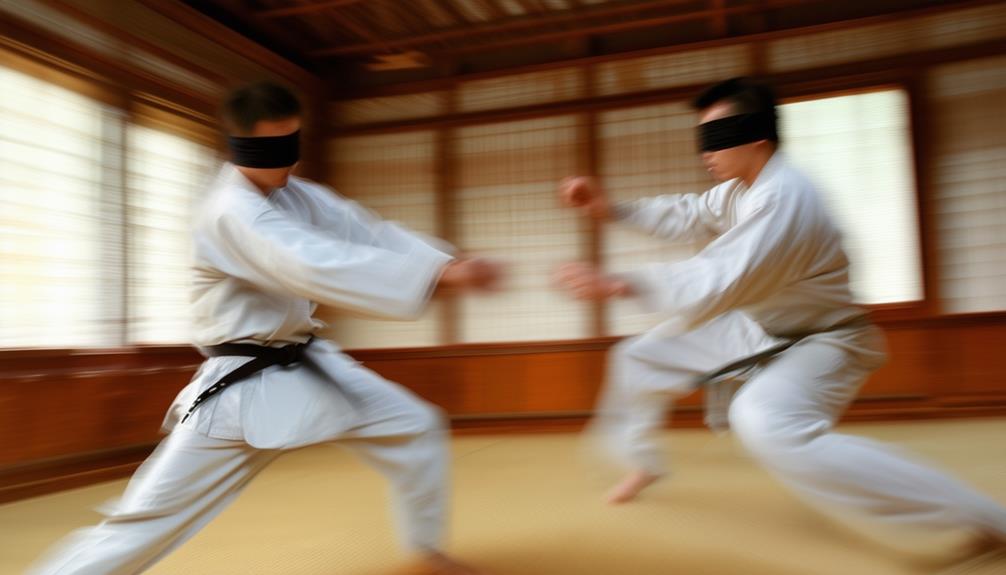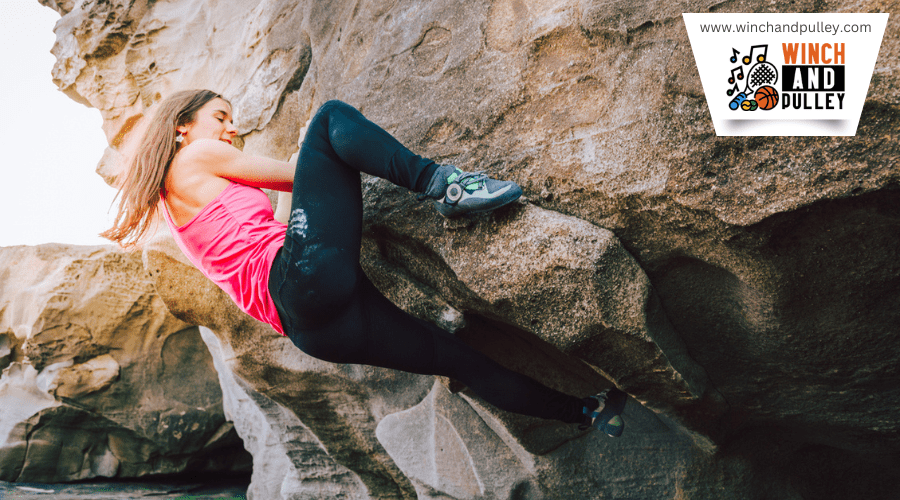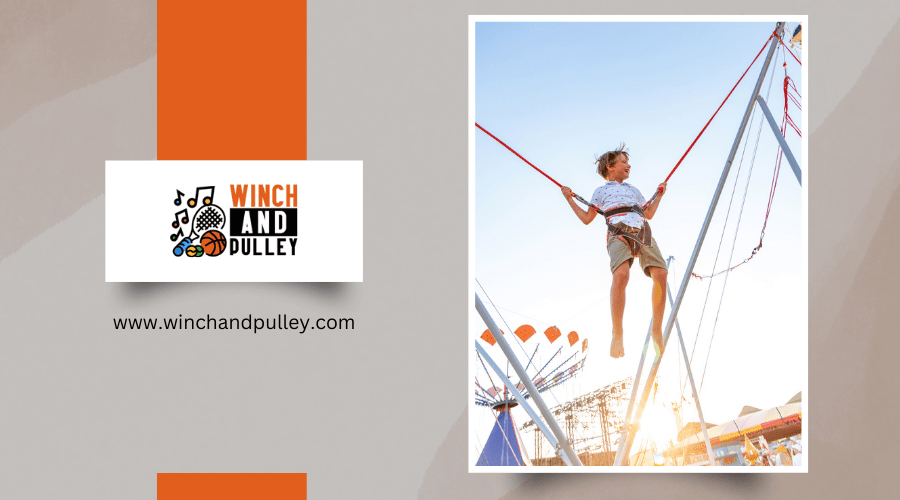Riverboarding: Navigating Rapids With a Bodyboard

Imagine navigating the exhilarating rapids of a river with only a bodyboard and your instincts. Riverboarding, also known as hydrospeeding, offers more than just an adrenaline rush; it's a skillful interaction with nature's raw power.
Mastery of body positioning and paddling techniques, along with the use of essential protective gear, is crucial for safety. Before diving in, consider the rich history and community of enthusiasts eager to share their knowledge and tips.
So, what makes riverboarding such a unique and captivating water sport?
Key Takeaways
- Riverboarding began in France in the late 1970s and has since grown into a globally popular whitewater sport.
- Essential equipment includes helmets, padding, fins, wetsuits, and durable boards with nylon webbing handles for safety.
- Ideal locations for riverboarding feature Class III rapids, offering a balanced mix of excitement and safety. An example is Utah's Green River.
- Basic techniques involve proper body positioning, paddling, and steering, which are crucial for maintaining control and stability.
- Advanced maneuvers, such as 360-degree spins and slides, require expertise, balance, and a deep understanding of river dynamics.
History of Riverboarding
Riverboarding, which began in France in the late 1970s, swiftly evolved into an exhilarating whitewater sport. Early enthusiasts used modified bodyboards to navigate turbulent rapids. By the 1980s, the introduction of the plastic riverboard revolutionized the activity, making it more accessible and facilitating its spread across the United States and Europe. Innovation played a crucial role in this growth.
During this period, European riders sought enhancements beyond plastic boards, developing a foam version known as hydrospeed. This new design offered improved buoyancy and control, significantly contributing to the sport's expansion and popularity. Enthusiasts in North America soon embraced the sport, leading to its flourishing there as well.
One of the most captivating aspects of riverboarding is the unique perspective it offers on conquering class-V rapids. Adventure seekers from around the globe are drawn to this thrilling activity.
As you explore the sport's history, you'll see how riverboarding has continually adapted and grown, attracting a dedicated following of thrill-seekers eager to ride wild waters.
Essential Gear
When gearing up for riverboarding, prioritize protective equipment such as helmets, padding, and knee/shin guards. Essential board features include a durable shell for protection and webbed neoprene gloves for enhanced propulsion. For a safe and thrilling experience, the significance of quality gear can't be overstated.
Protective Equipment Necessities
Ensuring your safety while riverboarding starts with investing in essential protective gear such as fins, a wetsuit, padding, and a helmet. These items are crucial for safeguarding you against the rough and unpredictable nature of riverboarding environments. A well-fitted helmet and body armor can prevent head and body injuries from rocks and other obstacles in the water.
For leg protection, knee/shin combo guards like the SixSixOne models are recommended. These guards shield your legs from common bruises and scrapes when maneuvering through rapids.
Additionally, webbed neoprene gloves enhance your grip and aid in propulsion, making your riverboarding experience more controlled and enjoyable. A life vest is indispensable for buoyancy and safety, especially in strong currents. Booties provide essential foot protection and better traction on slippery surfaces.
Investing in quality gear, such as the StreamJet model from Rocky Mountain Riverboards, which features durable hard plastic shells, ensures your equipment can withstand the rigorous demands of riverboarding.
Ideal Board Features
Choosing the right riverboard is crucial for a safe and enjoyable experience on the water. Unlike traditional boogie boards designed for ocean waves, riverboards need specific features to navigate river rapids effectively.
First, opt for a board with a hard plastic shell, such as the StreamJet model from Rocky Mountain Riverboards, priced at $435. This model offers durability and safety, essential when maneuvering through rocky rapids. The hard shell ensures your board can withstand the impacts and abrasions common in riverboarding.
Control and stability are also vital. Boards equipped with nylon webbing handles and brace grooves provide the necessary grip and maneuverability, helping you stay balanced and in control, even in turbulent waters. These features are indispensable when transitioning from flat sections to challenging rapids.
Padding is another critical feature. Well-padded boards offer better comfort and reduce the risk of injuries during collisions with rocks or other obstacles. Look for models that integrate knee/shin combo guards for extra protection, enhancing your overall safety.
Choosing the Right Location

[Alex Koutzoukis http://en.wikipedia.org/wiki/User_talk:Coolmtnbiker048], KernRiverboarding01, CC BY-SA 2.5
Finding the perfect riverboarding location starts with considering spots like Utah's Green River, known for its mix of challenge and thrill. This river features deep gorges and cliffs, making it an excellent choice for adventure seekers.
When scouting for the ideal location, think about the type of experience you want. Class III rapids offer a balanced blend of excitement and safety, making them ideal for honing your riverboarding skills.
Exploring different states can expand your riverboarding horizons. States like Colorado, California, West Virginia, and Oregon offer diverse river options and strong riverboarding communities, which can provide invaluable insights and tips on the best spots to hit the water.
Here are three key factors to consider when selecting your riverboarding location:
- Rapids Classification: Choose rivers with Class III rapids for a good mix of fun and safety.
- Geographical Features: Look for rivers with deep gorges and cliffs for a more exhilarating ride.
- Community and Support: Opt for locations with thriving riverboarding communities to benefit from shared experiences and advice.
Basic Techniques
When riverboarding, maintaining control and stability in fast-moving water depends on your body positioning. Your fins are crucial for steering and propulsion, while your hands help adjust direction and speed. Mastering these techniques ensures you navigate rapids safely and effectively.
Body Positioning Tips
Mastering fundamental body positioning techniques is essential for maintaining stability and control while riverboarding through rapids. Begin by lying prone on your riverboard, which means lying flat on your stomach with your body weight centered. This position helps you stay balanced and stable as you navigate the water. Keep your head up at all times to see and anticipate upcoming obstacles, enabling quick reactions and better control.
Here are three key tips for proper body positioning:
- Center Your Weight: Ensure your body weight is evenly distributed on the riverboard to maintain stability.
- Adjust Your Lean: Control your speed and direction by leaning. Lean forward to increase speed and backward to slow down.
- Engage Your Core: Activate your core muscles to enhance balance and control.
Paddling and Steering
To steer effectively in riverboarding, utilize your flippers and webbed gloves for precise paddling. Your flippers provide the primary propulsion, allowing you to move through the water and navigate rapids. Kick consistently and firmly to maintain momentum. Webbed neoprene gloves enhance paddling efficiency, enabling finer adjustments and more precise steering.
Shifting your body weight is crucial for steering. Lean in the direction you want to go and use your hands to guide the board. For sharp turns, kick with the opposite flipper while using your hand to push against the water for a quick pivot.
Maintaining control in turbulent conditions requires both strength and finesse. Ensure your movements are smooth and deliberate. Effective paddling technique is about maintaining control and adapting to the river's dynamics. Mastering these techniques is essential for maneuvering rapids safely and efficiently, enhancing your ability to tackle challenging river conditions with confidence.
Safety Measures

anonymous, Huningue parc des eaux vives 4, CC BY-SA 2.0 FR
Ensuring your safety in riverboarding starts with wearing essential gear like helmets and body armor. Helmets protect your head from impacts with rocks and other obstacles, while body armor, such as knee and shin guards, shields your limbs from scrapes and bruises. Proper leg padding and gear with nylon webbing handles greatly improve your control and overall safety.
When selecting your riverboarding gear, consider the following essentials:
- Helmets: Choose a high-quality helmet that fits snugly and comfortably. It should be specifically designed for water sports to ensure it stays secure.
- Body Armor: Invest in durable knee and shin guards to protect you from the inevitable bumps and knocks as you navigate the rapids.
- Handles and Padding: Ensure your board has nylon webbing handles and adequate leg padding. These features provide better grip and stability, crucial for maneuvering through turbulent waters.
Brace grooves on your riverboard also play an important role in maintaining stability. When tackling Class III sections of a river, every bit of preparation counts.
Advanced Maneuvers
Mastering advanced maneuvers in riverboarding, such as spins and controlled slides, necessitates a blend of expertise, balance, and a comprehensive understanding of river dynamics. When progressing from basic techniques, precision and finesse become crucial. Experienced riverboarders often execute tricks like 360-degree spins by leveraging their body weight and fins to navigate fast-moving currents.
To execute a 360-degree spin, position your body correctly on the board and use your fins to initiate the rotation. Timing is critical; even a split-second delay can disrupt your balance. Controlled slides involve shifting your weight and adjusting your fins to glide smoothly across the water's surface, aiding in maneuvering around obstacles or setting up for the next rapid.
Stalling is another advanced technique where you momentarily halt your movement by angling your board against the current. This maneuver requires a deep understanding of river dynamics and exceptional balance. Mastering these advanced techniques not only enhances the thrill of riverboarding but also boosts your confidence in tackling more challenging rapids.
Popular Riverboarding Spots

Exploring the best riverboarding spots across the United States will take you to thrilling sites like the Green River in Utah, where challenging rapids await amidst breathtaking desert landscapes. This river is a must-visit for enthusiasts seeking both adventure and awe-inspiring views of desert monoliths and cliffs.
If you're keen to discover more top-tier riverboarding locations, consider these hotspots:
- Colorado - Home to vibrant riverboarding communities, Colorado offers prime spots like the Arkansas River, where you can experience a mix of technical rapids and scenic beauty.
- California - The Kern River features moderately challenging rapids and beautiful surroundings, making it ideal for honing riverboarding skills while enjoying the Californian landscape.
- West Virginia - The Gauley River is legendary among whitewater enthusiasts. Its intense rapids, especially during the fall release, provide an exhilarating experience for seasoned riverboarders.
For those looking to venture internationally, the Kawarau River in New Zealand is another renowned destination. This river offers thrilling rapids and stunning scenery, making it a bucket-list spot for any riverboarding enthusiast.
Environmental Impact
Riverboarding offers a thrilling yet eco-friendly way to enjoy whitewater sports, thanks to its minimal environmental impact. Unlike motorized water activities, riverboarding doesn't involve engines or fuel, so it avoids contributing to pollution or noise disturbances. This makes it a sustainable choice for those looking to minimize their carbon footprint while still indulging in adrenaline-pumping adventures.
By choosing riverboarding, you're fostering a deeper connection to nature and the aquatic environment. As you navigate the rapids, you'll become more attuned to the currents, rocks, and wildlife around you. This intimate interaction fosters a greater respect for the natural surroundings and the delicate ecosystems that thrive in river environments.
Riverboarding also encourages environmental stewardship. Without the barriers of noisy motors, you can better appreciate the tranquility and beauty of your surroundings. This awareness often translates into a more responsible approach to preserving these precious habitats. Participants are likely to pick up trash, avoid disturbing wildlife, and advocate for conservation efforts. Riverboarding isn't just about the thrill; it's about experiencing and protecting the environment in a sustainable, respectful manner.
Community and Events
In riverboarding communities across states like Colorado and California, enthusiasts gather to share their passion through races, meetups, and skill-building workshops. These events aren't just activities; they cultivate a strong sense of community among participants. Whether you're a seasoned pro or a newcomer, there's always a welcoming group ready to help you navigate the rapids.
At a typical riverboarding event, you can experience:
- Races: Test your skills in thrilling competitions against other enthusiasts.
- Meetups: Socialize and network, exchanging tips and experiences.
- Skill-building workshops: Learn new techniques from experienced riverboarders.
Retailers like FaceLevel.com provide high-quality equipment, ensuring you're well-prepared for any community event. These gatherings also offer an excellent opportunity to explore different rivers and build camaraderie with like-minded individuals.
Social media and community forums are invaluable for staying connected. They serve as platforms to organize meetups, share stories, and exchange advice. If you're looking to delve deeper into the world of riverboarding, joining a community and participating in events is your best bet.
Frequently Asked Questions
What Is the Difference Between Bodyboard and Boogie Boarding?
Bodyboarding involves using a shorter, more maneuverable board designed for riding ocean surf and performing tricks. In contrast, boogie boarding typically uses a larger, softer board suited for casual wave riding closer to shore, often on calmer beaches.
What Is the Correct Bodyboard Position?
Lie flat on the bodyboard with your chest and stomach centered. Extend your arms forward with your head up, and distribute your weight evenly. This balanced position enhances control and stability in fast-moving currents.
What Are the Hottest Maneuvers in Bodyboarding?
The hottest maneuvers in bodyboarding include bottom turns, cutbacks, 360 spins, and aerial maneuvers. Advanced tricks such as inverts, backflips, and ARS (Air Roll Spin) demonstrate high-level skills, while barrel rolls and El Rollos keep your performance exciting and dynamic.
How Do You Catch a Wave on a Bodyboard?
To catch a wave on a bodyboard, first paddle out to the optimal spot where waves are breaking. Point your board toward the shore and start kicking vigorously to match the wave's speed. Use your arms to steer and adjust your body position to maintain balance and control.
Conclusion
Experience the thrill of riverboarding as you navigate rapids with just a bodyboard and your skills. Equip yourself with the right gear, choose top locations, and master essential techniques to ensure a safe and exhilarating adventure.
Respect nature and practice good stewardship. By joining the riverboarding community, you'll find camaraderie and countless opportunities for excitement. Dive in, and let the river guide you to unforgettable experiences.




